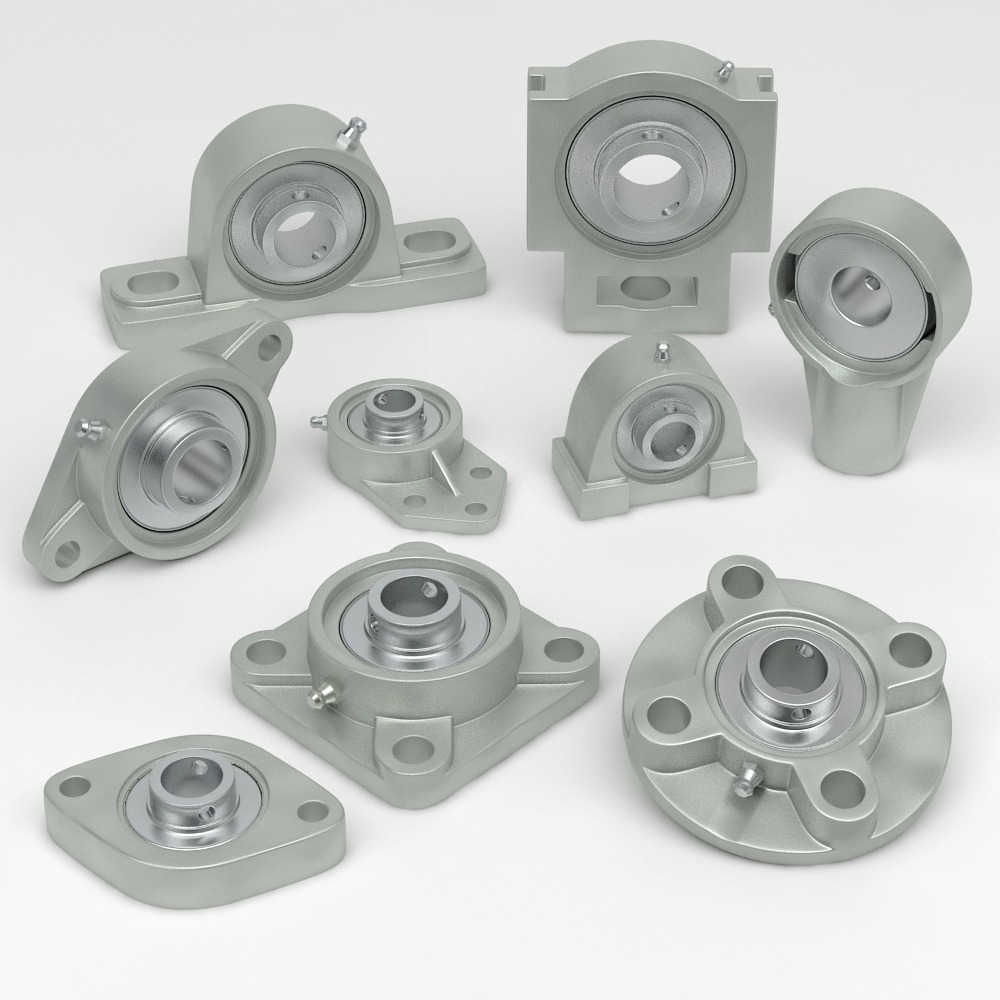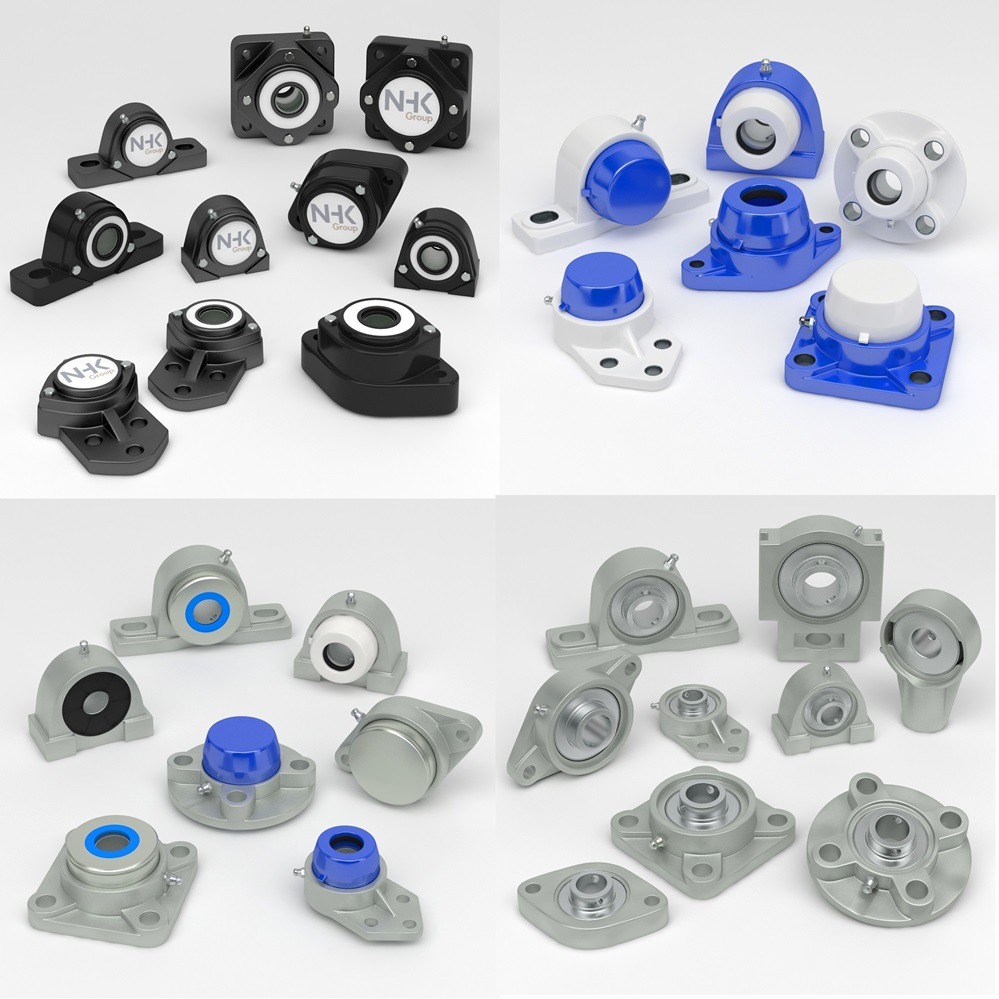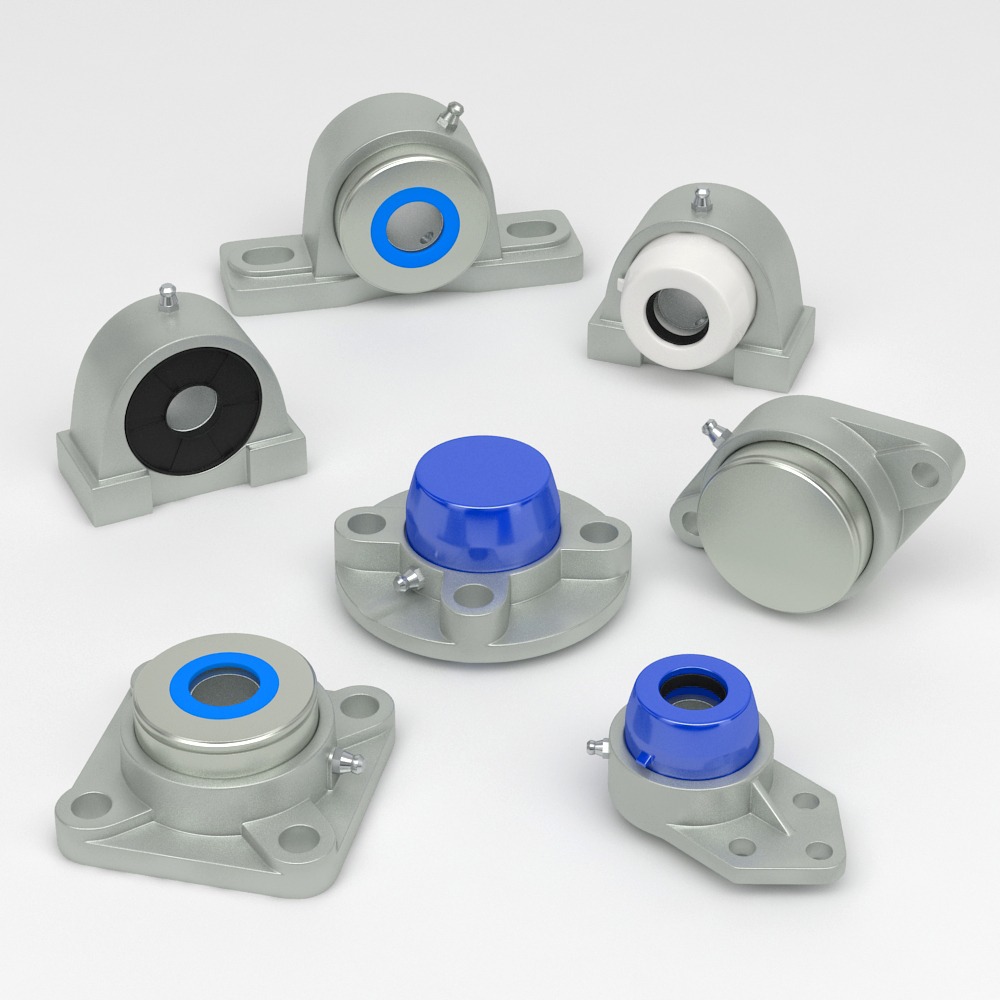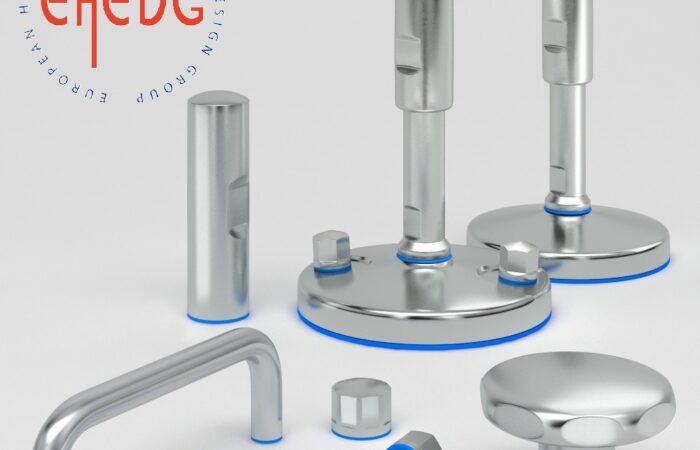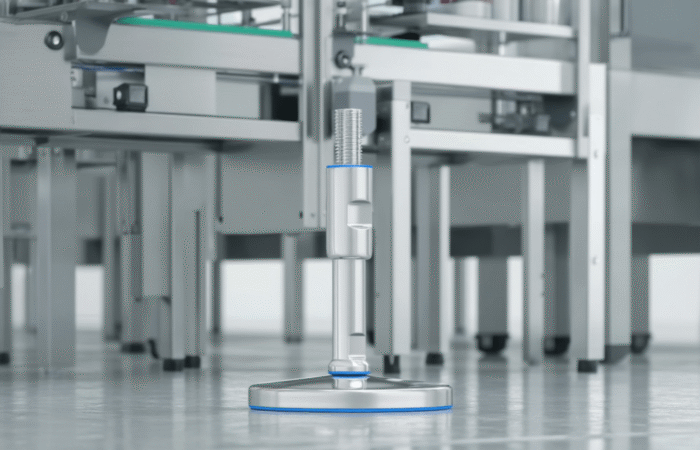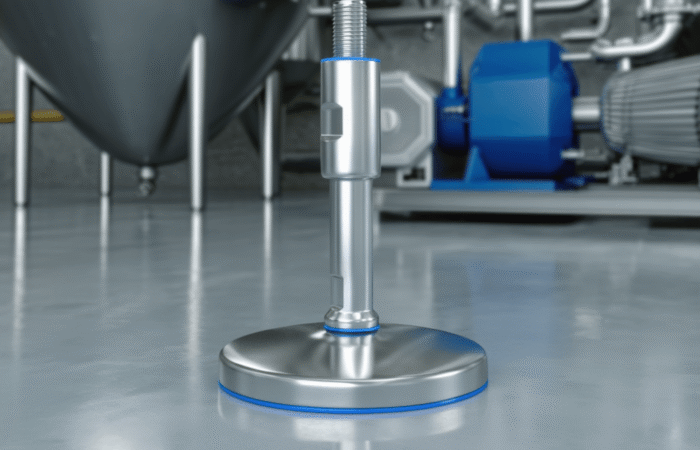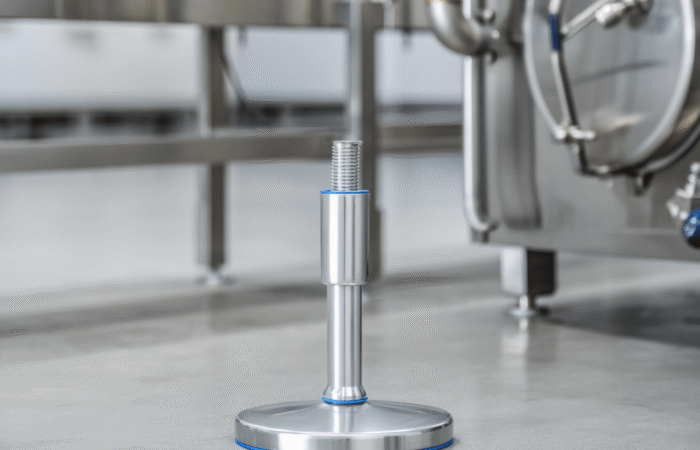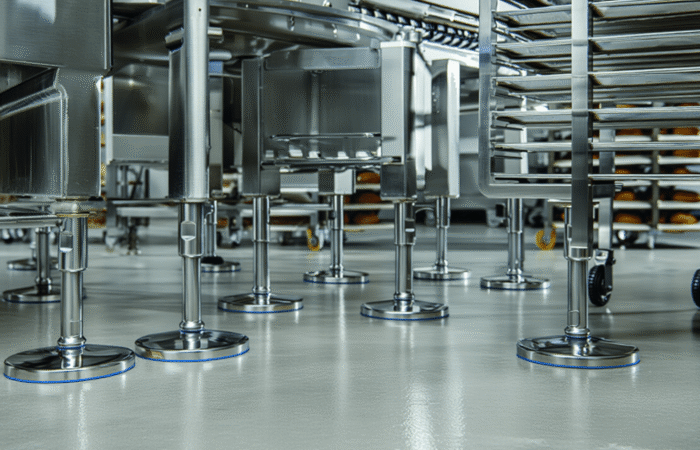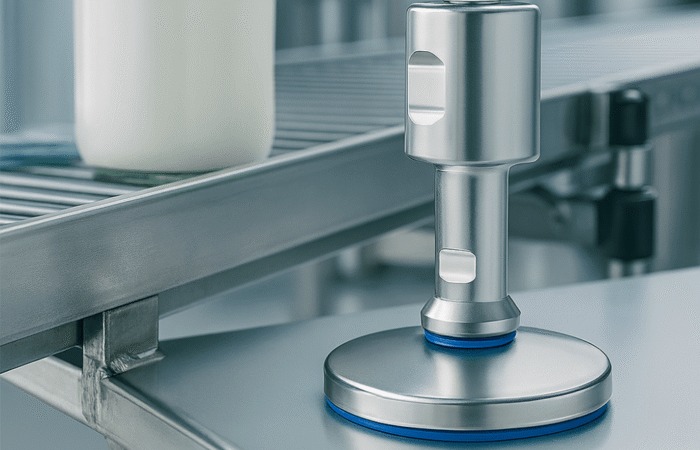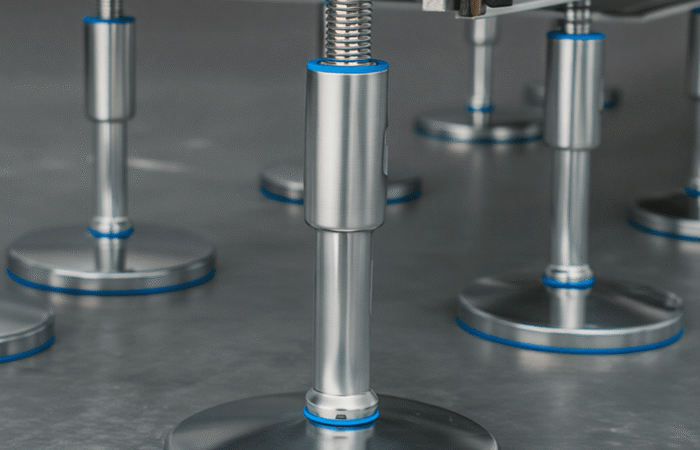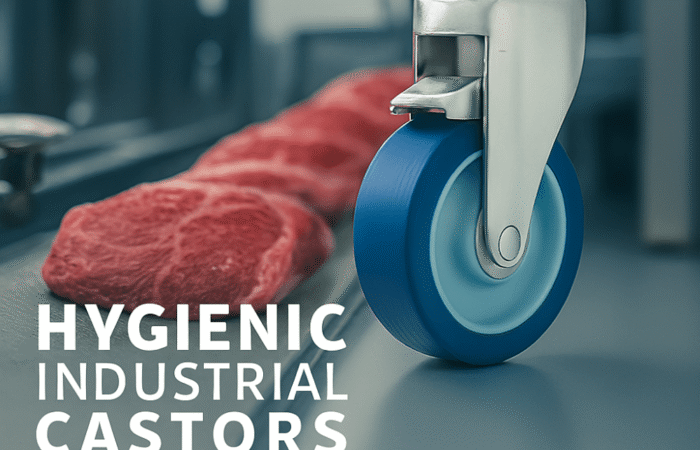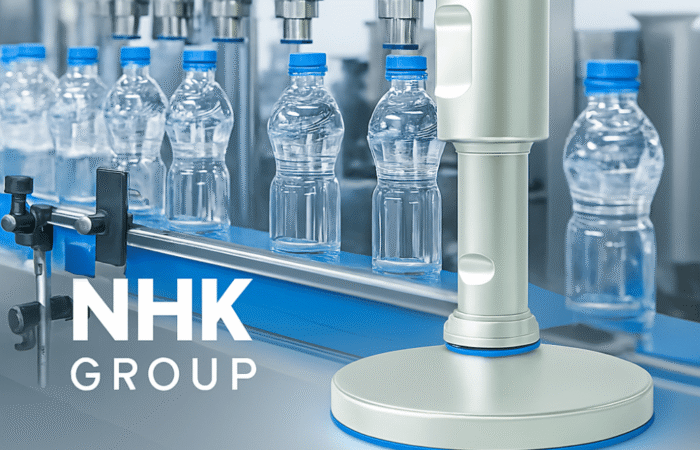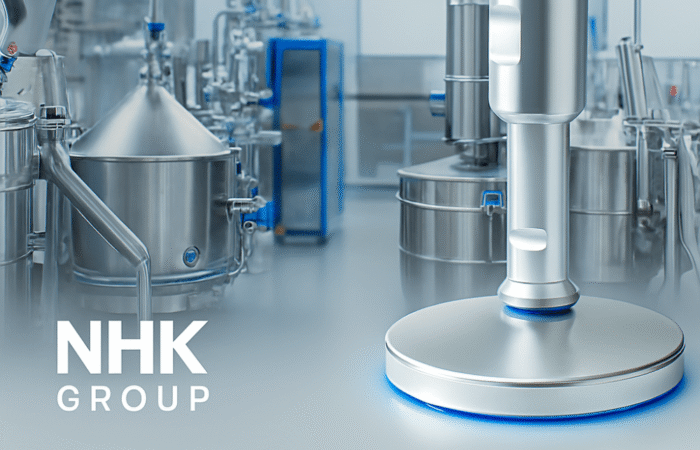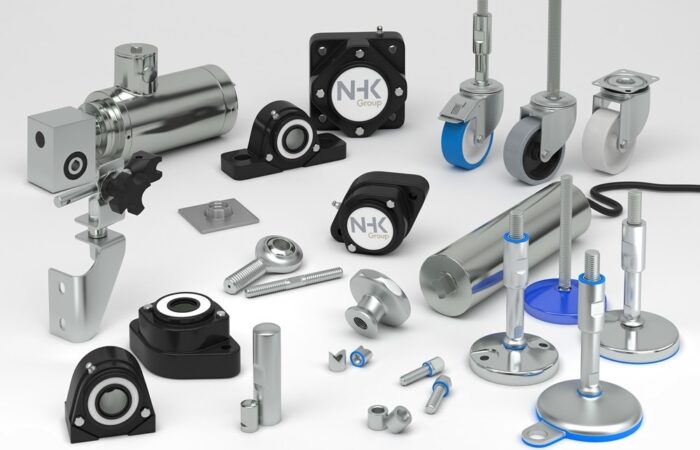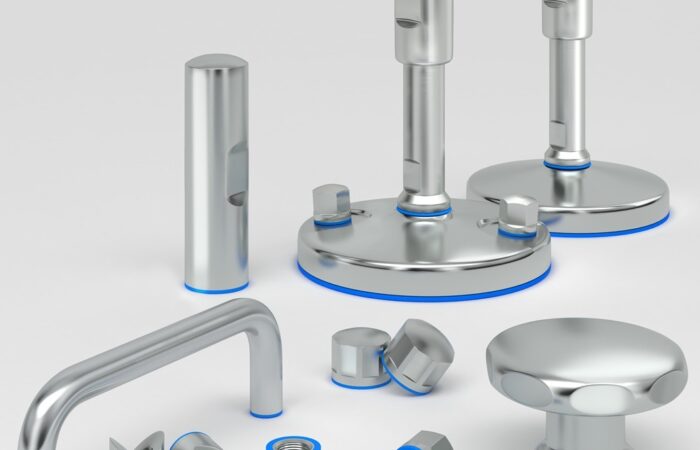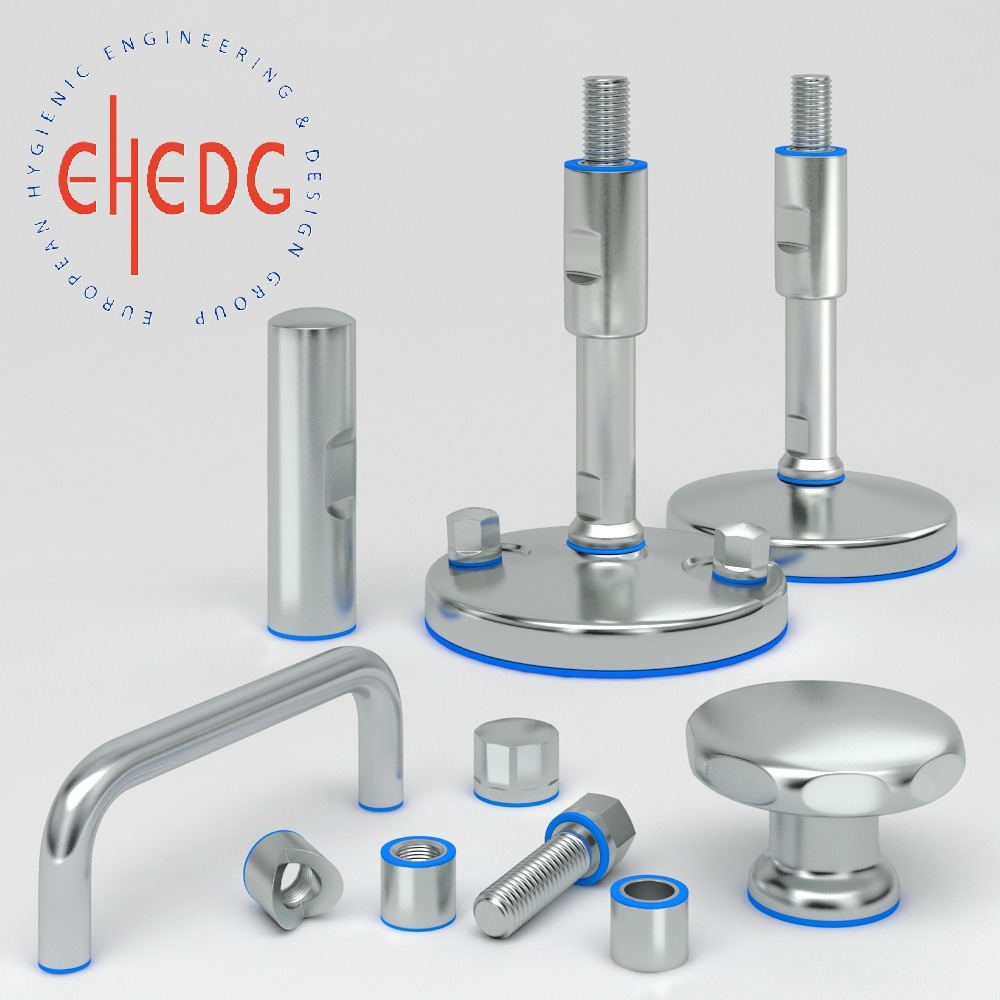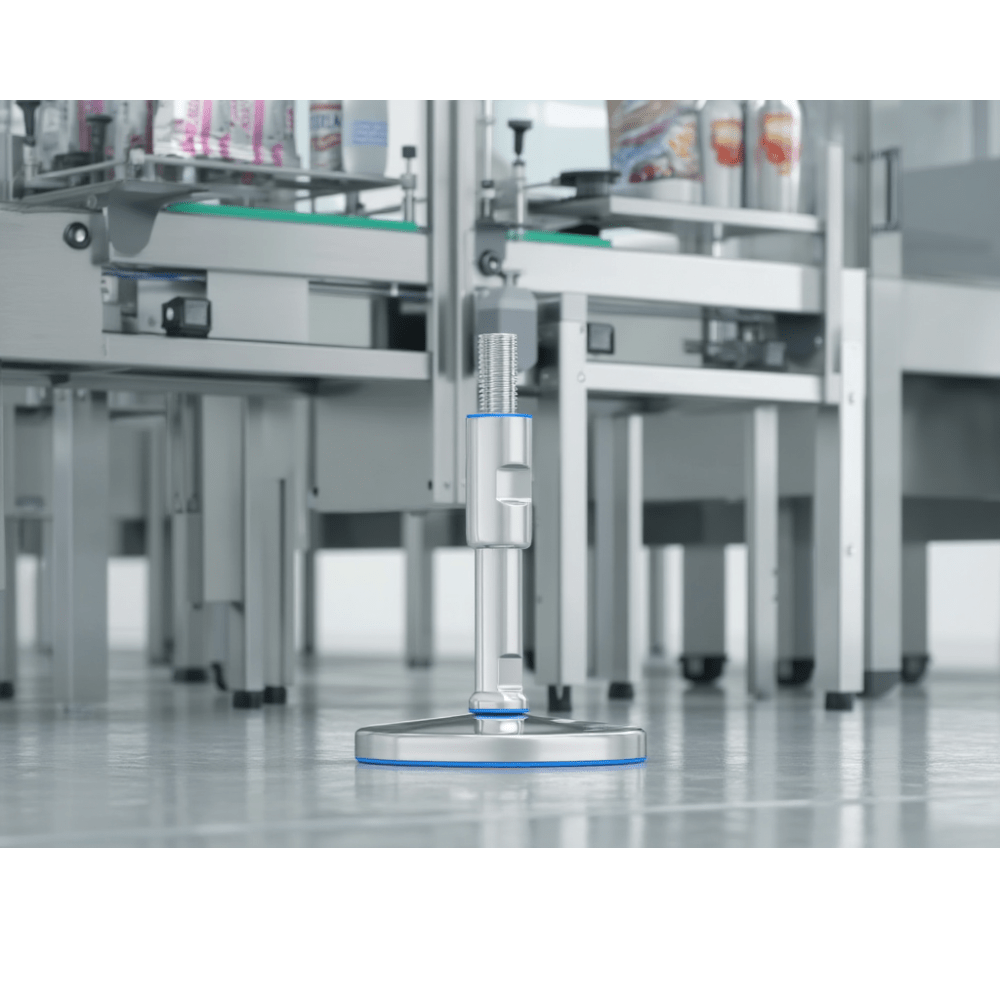Choosing the Right Material for Optimal Performance
Stainless steel bearing units are crucial components in various industries, ensuring smooth mechanical operations under high loads and demanding environments. Among the most commonly used materials are 420 and 440 stainless steel, both offering unique properties that cater to specific applications. This article provides an in-depth analysis of their usage, industries, material composition, and reliability, while also discussing expertise, authoritativeness, and trustworthiness (E-E-A-T) in selecting the right bearing material.
Stainless Steel 420 vs. 440 Bearing Units
Get our catalogue here
See our product line here
Stainless Steel 420 vs. 440 Bearing Units
Stainless steel bearing units are integral components in various industries, offering a combination of strength, durability, and corrosion resistance. Among the martensitic stainless steels, grades 420 and 440 are commonly used in bearing applications. Understanding their differences in usage, material properties, and suitability for specific industries is crucial for optimal performance.
Material Composition and Properties
Both 420 and 440 stainless steels are martensitic, characterized by their body-centered tetragonal (BCT) crystal structure, magnetism, and the ability to be hardened through heat treatment. The primary distinction between these two grades lies in their carbon and chromium content, which directly influences their hardness, wear resistance, and corrosion resistance.
- 420 Stainless Steel: This grade contains a carbon content ranging from 0.15% to 0.40% and chromium content between 12% and 14%. The moderate carbon content allows for adequate hardening, resulting in good toughness and moderate wear resistance. Its corrosion resistance is suitable for mild environments, making it a versatile choice for general-purpose applications.
- 440 Stainless Steel: Available in sub-grades 440A, 440B, and 440C, the carbon content increases respectively, with 440C having the highest (0.95% to 1.20%). The chromium content ranges from 16% to 18%, enhancing corrosion resistance. 440C, in particular, achieves exceptional hardness and wear resistance after heat treatment, making it ideal for high-stress applications.
Mechanical Properties
The mechanical properties of 420 and 440 stainless steels differ significantly due to their composition:
- Hardness and Wear Resistance: 420 stainless steel can be hardened to a moderate level, providing sufficient wear resistance for general applications. In contrast, 440C stainless steel can achieve a Rockwell Hardness of 58-60 HRC, offering superior wear resistance suitable for high-performance tools and bearing components.
- Toughness: 420 stainless steel offers a good balance of strength and flexibility, allowing it to handle impacts and resist deformation. 440C, while harder, is more brittle and less suitable for applications involving high impact or stress.
Corrosion Resistance
Corrosion resistance is a critical factor in selecting bearing materials:
- 420 Stainless Steel: Provides basic corrosion resistance in mild environments. Proper heat treatment enhances its resistance, but it remains less effective in highly corrosive conditions.
- 440 Stainless Steel: Offers superior corrosion resistance compared to 420, especially in the hardened and tempered state. It can withstand more aggressive environments, making it suitable for applications exposed to moisture or mild chemicals.
Applications in Bearing Units
The choice between 420 and 440 stainless steel in bearing units depends on the specific requirements of the application:
- 420 Stainless Steel Bearing Units: Suitable for applications where moderate hardness and corrosion resistance are sufficient. Commonly used in cutlery, surgical instruments, and hand tools.
- 440 Stainless Steel Bearing Units: Ideal for high-stress applications requiring superior hardness and wear resistance. Used in high-performance tools, bearings, and components designed to withstand extreme operational demands.
Industries Utilizing 420 and 440 Stainless Steel Bearing Units
Various industries benefit from the specific properties of 420 and 440 stainless steel bearing units:
- Medical Industry: Both grades are used in surgical instruments due to their hardness and corrosion resistance. 440C is particularly favored for cutting instruments requiring sharp edges.
- Aerospace and Automotive Industries: 440C stainless steel is utilized for parts that require high strength and wear resistance, such as valve components and pump parts.
- Food Processing: 420 stainless steel is used in food processing equipment due to its adequate corrosion resistance and ease of cleaning.
Expertise and Trustworthiness in Material Selection
Selecting the appropriate stainless steel grade for bearing units requires a thorough understanding of the material properties and the specific demands of the application. Consulting with materials engineers and industry experts ensures that the chosen material will provide the desired performance and longevity. Manufacturers should also consider factors such as heat treatment processes, surface finish, and maintenance requirements to optimize the performance of stainless steel bearing units.
Both 420 and 440 stainless steel bearing units offer distinct advantages. 420 is versatile and suitable for general-purpose applications, while 440, especially 440C, provides superior hardness and wear resistance for high-performance demands. Understanding these differences is essential for making informed decisions in material selection, ensuring reliability and efficiency in industrial applications.
Key Differences, Applications and Industry Insights
Stainless Steel 420 vs. 440 Bearing Units
Stainless steel bearing units are crucial components in various industries, ensuring smooth mechanical operations under high loads and demanding environments. Among the most commonly used materials are 420 and 440 stainless steel, both offering unique properties that cater to specific applications. This article provides an in-depth analysis of their usage, industries, material composition, and reliability, while also discussing expertise, authoritativeness, and trustworthiness (E-E-A-T) in selecting the right bearing material.
Usage of Stainless Steel 420 vs. 440 Bearing Units
The choice between stainless steel 420 and 440 for bearing units depends on several factors, including wear resistance, corrosion resistance, hardness, and load-bearing capacity.
420 Stainless Steel Bearings:
- Used in applications requiring moderate hardness and good toughness.
- Ideal for light to medium load applications where corrosion resistance is needed.
- Suitable for wet or mildly corrosive environments but not for highly acidic or saltwater conditions.
- Commonly found in general-purpose machinery and agriculture equipment.
440 Stainless Steel Bearings:
- Preferred in high-precision, high-load applications due to superior hardness and wear resistance.
- Used in industries requiring better corrosion resistance than 420 stainless steel.
- Suitable for food processing, marine, and aerospace applications where hygiene and durability are paramount.
- Performs well in high-speed rotating machinery, such as conveyor systems, robotics, and medical devices.
Industries That Use Stainless Steel 420 vs. 440 Bearings
Several industries benefit from the unique properties of 420 and 440 stainless steel bearing units, ensuring operational efficiency and longevity.
420 Stainless Steel Bearing Applications:
- Automotive Industry – Used in wheel hubs, transmission systems, and steering components.
- Agriculture – Found in harvesting equipment, tractors, and irrigation systems.
- General Manufacturing – Ideal for conveyor belts, mechanical tools, and automated machines.
- Light Industrial Machinery – Utilized in printing presses, small motors, and low-load pumps.
440 Stainless Steel Bearing Applications:
- Aerospace Industry – Used in flight control systems, landing gear mechanisms, and satellite components.
- Food & Beverage Processing – Suitable for hygienic environments requiring FDA and EHEDG-compliant materials.
- Pharmaceutical Industry – Applied in medical devices, sterilization equipment, and high-precision instruments.
- Marine & Offshore – Perfect for ship propulsion systems, underwater robotics, and high-humidity environments.
- Heavy Machinery & Robotics – Found in automated assembly lines, robotic arms, and CNC machines.
Material Composition and Properties
420 Stainless Steel Composition & Properties:
- Carbon Content: 0.15% – 0.40%
- Chromium Content: 12% – 14%
- Hardness: Can be hardened to 50 HRC, offering good wear resistance.
- Corrosion Resistance: Moderate resistance to rust and oxidation but requires proper lubrication and maintenance.
- Toughness: High toughness, making it less brittle than 440 stainless steel.
440 Stainless Steel Composition & Properties:
- Carbon Content: 0.95% – 1.20% (for 440C, the hardest sub-grade).
- Chromium Content: 16% – 18%, providing better corrosion resistance.
- Hardness: Can reach up to 58-60 HRC, offering exceptional wear resistance.
- Corrosion Resistance: Performs well in harsh chemical and marine environments.
- Toughness: Lower than 420 stainless steel, making it more brittle under high impact loads.
Experience & Expertise in Stainless Steel Bearings
Selecting the Right Stainless Steel Bearing
Companies with decades of experience in bearing manufacturing and metallurgy provide valuable insights into material selection. Experts evaluate factors like:
- Operating temperature (high temperatures can affect stainless steel performance).
- Load-bearing capacity (determining whether 420 or 440 suits the application).
- Lubrication requirements (some environments require food-grade lubricants).
- Industry regulations (such as FDA or ISO standards for hygiene and safety).
Industry Certifications & Compliance
High-quality stainless steel bearings from reputable manufacturers come with:
- ISO 9001 certification (for quality assurance).
- FDA and EHEDG approval (for food and pharmaceutical use).
- ASTM standards compliance (for material testing and validation).
Authoritativeness & Trustworthiness in Stainless Steel Bearings
When sourcing stainless steel bearing units, prioritizing authoritativeness and trustworthiness ensures reliable performance and durability.
Key Factors to Consider:
- Manufacturer Reputation – Choosing brands with a history of producing high-precision bearings ensures reliability.
- Third-Party Testing – Bearings tested by independent labs verify quality, hardness, and corrosion resistance.
- Product Warranties – Longer warranties indicate manufacturer confidence in product durability.
- Customer Reviews & Case Studies – Real-world feedback from industries validates material performance.
Case Study: 420 vs. 440 Bearings in Food Processing
- Challenge: A food processing plant needed bearings resistant to moisture and food acids while maintaining low friction and high durability.
- Solution: 440 stainless steel bearings were selected due to their superior corrosion resistance and longevity in washdown environments.
- Outcome: Increased equipment lifespan, reduced maintenance costs, and improved hygiene compliance.
Which Stainless Steel Bearing is Right for You?
The choice between 420 and 440 stainless steel bearing units depends on the specific application and environmental conditions.
- Choose 420 stainless steel if you need moderate corrosion resistance, good toughness, and cost-effectiveness. Ideal for general machinery and automotive applications.
- Choose 440 stainless steel if you require high hardness, superior wear resistance, and excellent corrosion protection. Best for food processing, aerospace, marine, and high-precision industries.
By considering usage, industry requirements, material properties, expertise, and trustworthiness, businesses can optimize performance and longevity in their bearing applications.
